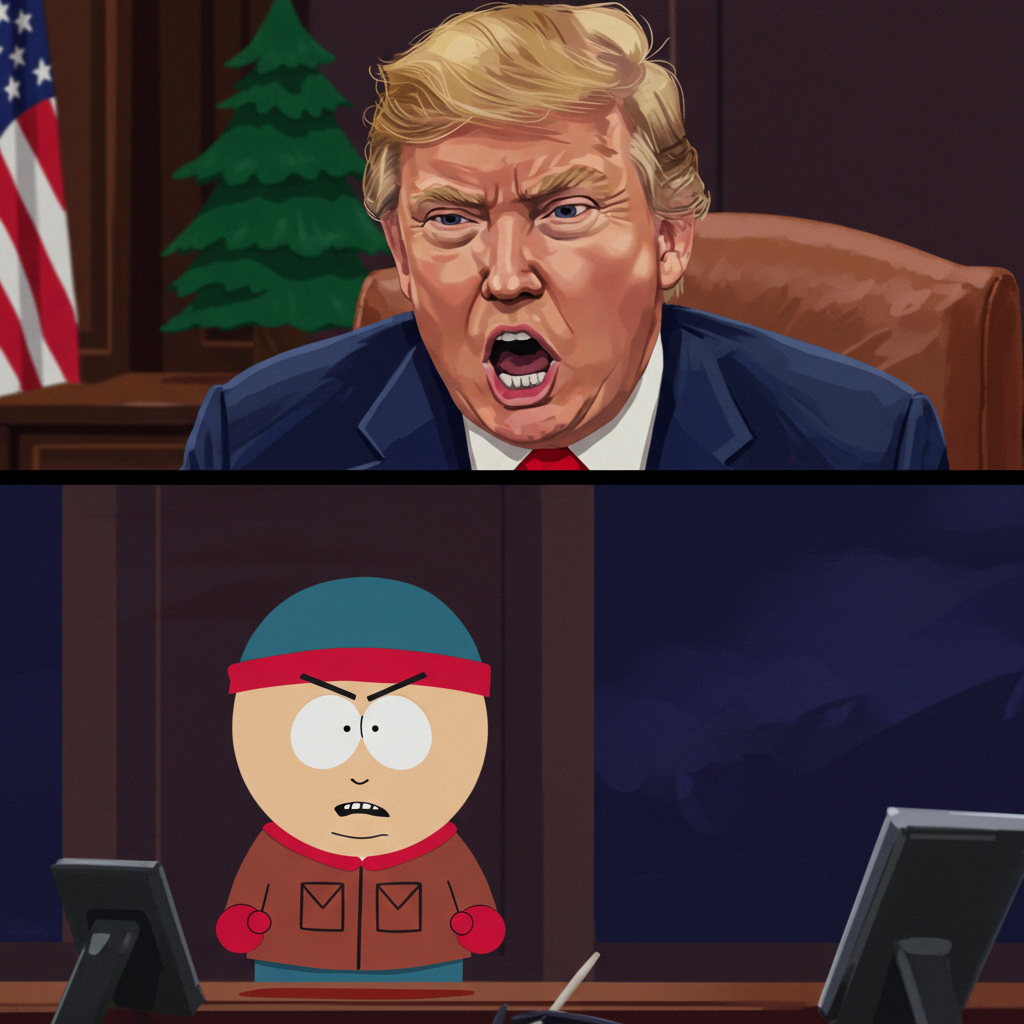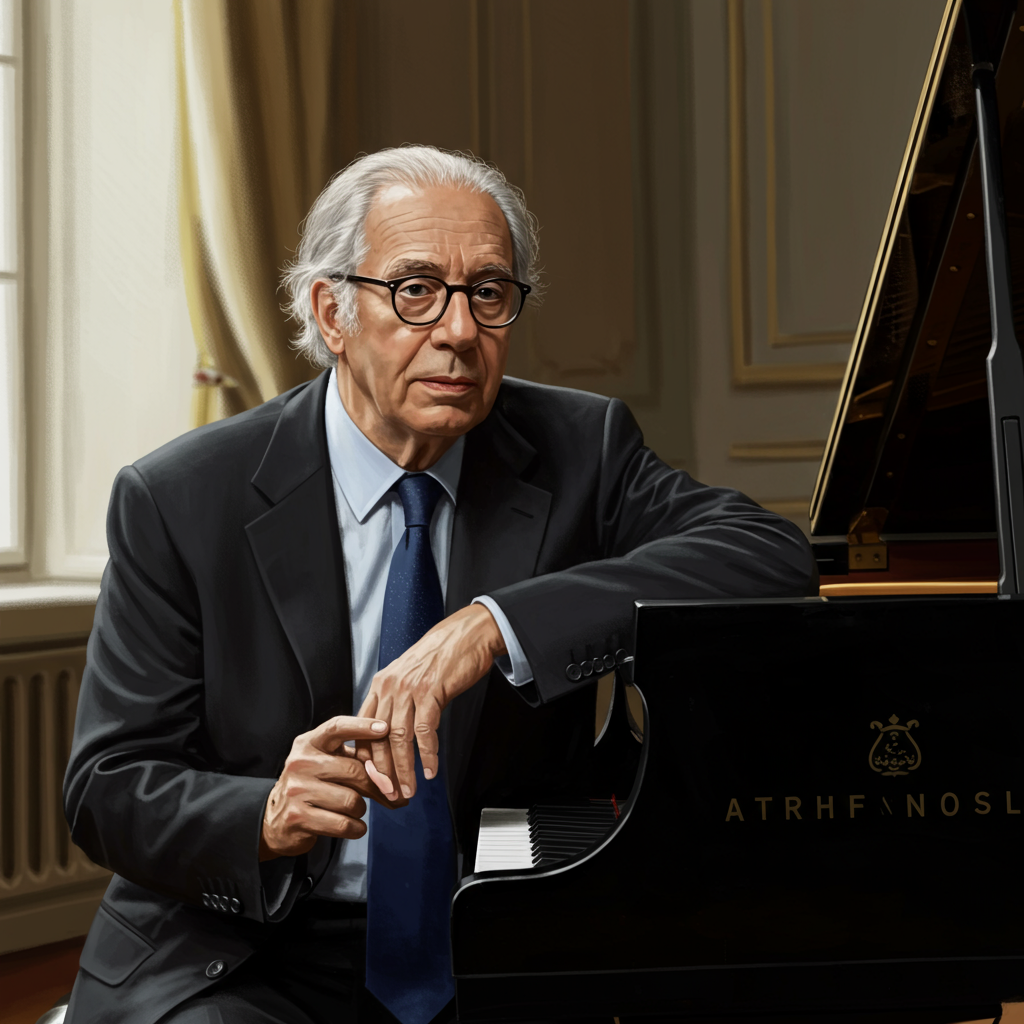The high-stakes federal trial of Sean “Diddy” combs has entered a critical phase as the jury begins its second day of deliberations. Twelve jurors, tasked with deciding the hip-hop mogul’s fate on multiple felony counts, face complex legal questions and internal challenges. Their decision will determine if Combs faces potentially life in prison on charges including sex trafficking and racketeering conspiracy. The court awaits their unanimous verdict.
Jury Deliberations Enter Day Two
Jury deliberations in the Sean “Diddy” Combs trial resumed this morning in a New York City federal courtroom. The panel of eight men and four women began their task on Monday afternoon. They spent over five hours behind closed doors reviewing evidence and discussing the case. This marks the second full day of their deliberations.
The jury must reach a unanimous decision on all five charges Combs faces. Judge Arun Subramanian provided extensive legal instructions to the jury before they began their work. These instructions lay out the legal framework they must follow when evaluating the evidence presented during the six-week trial. The jury has access to all trial exhibits via a laptop.
Key Challenges: Juror Concerns and Legal Questions
The first day of deliberations offered a glimpse into the complexities facing the jury. Multiple notes sent to the judge revealed two significant points of discussion and potential difficulty. These communications highlight the detailed nature of the jury’s task.
Focus on Juror #25
One notable note from the jury foreperson expressed specific concern about a fellow juror. The note stated, “We are concerned Juror 25 cannot follow your honor’s instructions.” Juror #25 is identified as a 51-year-old Manhattan scientist with a doctorate in molecular biology. The jury asked the judge to potentially speak with this individual.
Judge Subramanian responded to the jury’s concern with his own note. He reminded the entire panel of their fundamental duty to deliberate. He also stressed their obligation to follow his instructions on the law. The judge did not immediately take further action regarding Juror #25 based on this initial note. The specific nature of the concern was not detailed in the jury’s communication.
Narcotics Distribution Definition Query
Later on Monday, the jury sent a second crucial note seeking legal clarification. This query centered on the definition of “distribution” of controlled substances. This is a vital point because narcotics distribution is listed as a potential “predicate act” by the prosecution. Such acts are necessary components to prove the racketeering conspiracy charge.
The jury’s specific question was precise. They asked if handing over controlled substances to someone who requested them constitutes “distribution” under the law. The prosecution argues that just two instances of narcotics distribution could be enough to convict Combs of racketeering conspiracy. Judge Subramanian plans to address this question by referring the jury to the definition provided in his original instructions. That definition clarifies that “distribution” means actual, constructive, or attempted transfer, including simply handing something over. It explicitly states that “Distribution does not require a sale.” The defense objected to the judge simply referencing the instruction. They argued it wasn’t a sufficient answer to the jury’s specific question. Prosecutor Maurene Comey countered that the recipient’s request doesn’t change the act of handing over drugs.
The Charges Facing Sean ‘Diddy’ Combs
Sean “Diddy” Combs, 55, is on trial in federal court facing five serious criminal counts. These charges stem from a September 2024 indictment. He has pleaded not guilty to all accusations against him.
The charges are:
One count of racketeering conspiracy.
Two counts of sex trafficking by force, fraud, or coercion.
- Two counts of transportation to engage in prostitution.
- abc7ny.com
- abcnews.go.com
- www.usatoday.com
- 6abc.com
- www.yahoo.com
Racketeering charges often involve allegations of a criminal enterprise engaging in a pattern of illegal activities. The prosecution alleges that Combs led an enterprise that coerced women into sexual acts, sometimes described as “freak-offs.” If found guilty of the most serious charges, Combs could face a sentence of up to life in federal prison. The defense maintains that any sexual activity was consensual, part of a “swinger lifestyle.” They acknowledge that domestic violence might have occurred but vehemently deny trafficking allegations.
Trial Context and Next Steps
The current jury deliberations follow nearly two months of court proceedings. The prosecution presented its case over several weeks, calling over 30 witnesses. This included graphic testimony from individuals prosecutors claim were sex trafficked, such as former girlfriend Cassie Ventura and a woman identified under the pseudonym “Jane.” In contrast, the defense team rested its case very quickly. They opted not to call any witnesses, including Combs himself. Closing arguments from both sides concluded last week.
There is no mandated timeline for jury deliberations. The jury can take as long as needed to review the evidence and reach a unanimous decision on each count. Combs has been held in custody at the Metropolitan Detention Center in Brooklyn since his arrest last year. He remains in the Special Housing Unit while awaiting the verdict. The outcome of this Diddy trial updates will have significant legal and personal consequences.
Frequently Asked Questions
What are the main charges Sean ‘Diddy’ Combs faces in his federal trial?
Sean “Diddy” Combs is currently charged with five federal felony counts. These include one count of racketeering conspiracy, two counts of sex trafficking by force, fraud, or coercion, and two counts of transportation to engage in prostitution. He has pleaded not guilty to all charges. If convicted of the most serious counts, he could potentially receive a life sentence.
What specific issues has the jury raised during their deliberations so far?
During their first day of deliberations, the jury sent notes to the judge raising two key issues. First, they expressed concern that one specific juror, identified as Juror #25, might not be able to follow the judge’s legal instructions. Second, they asked for clarification on the legal definition of “distribution” regarding controlled substances, specifically whether handing over drugs to someone who requested them constitutes distribution.
What happens if the jury in the Diddy trial cannot reach a unanimous verdict?
If the jury is unable to reach a unanimous decision on any of the charges after extensive deliberation, it would result in a hung jury for those specific counts. In such a situation, the judge might declare a mistrial on those counts. It would then be up to the prosecution to decide whether to seek a new trial on the charges where the jury was deadlocked.
Conclusion
The jury in the Sean Combs trial continues its crucial work behind closed doors. The notes sent to the judge reveal the complexity of the case and the challenges inherent in the deliberation process. Concerns over a specific juror and a key question about drug distribution highlight the detailed scrutiny applied by the panel. As deliberations enter their second day, the legal fate of Sean “Diddy” Combs remains uncertain, hinging on the unanimous decision of the twelve individuals weighing the evidence presented in this high-profile federal case.


